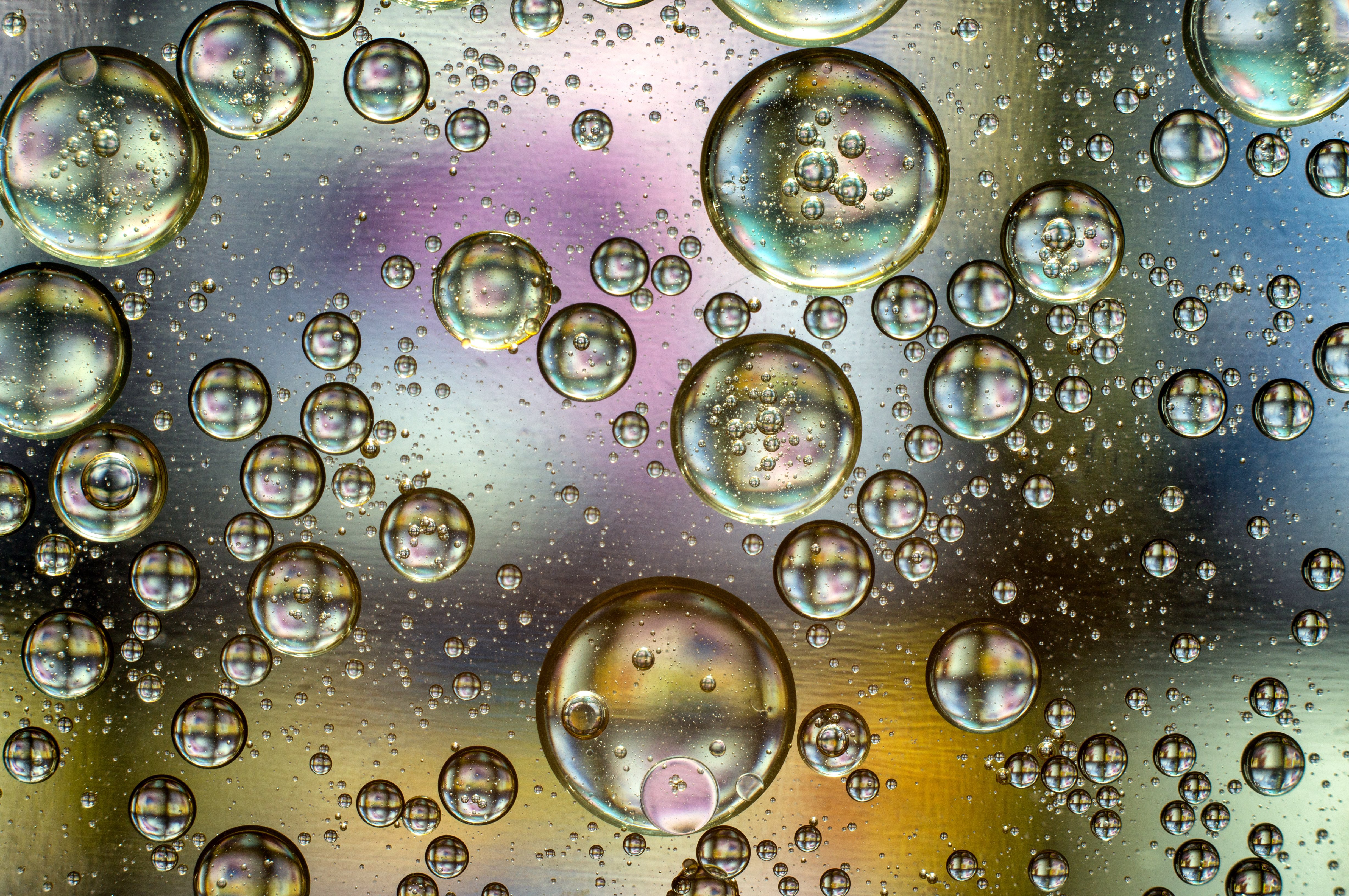
Pharmaceutical suspensions are dispersions of insoluble solid particles in a suspending (often liquid) medium. They represent a common form of drug delivery, with pharmaceutical suspensions safeguarding the accurate dosage of many insoluble drug ingredients. Of course, pharmaceutical suspensions taste and/or smell better and are more effective when the size of the solid particles are as small and as uniform as possible; small particles that are similar in size can be more evenly packed, making them more stable and a lot more reliable as chemical agents. Take a look at why controlled particle packing improves pharmaceutical suspensions and the type of equipment needed to render the best particle packing results:
Small, Uniform Particles Improve Pharmaceutical Suspensions
Think about mixing together sand and water, and then about mixing together pebbles and water. Which one is easier to do? It’s sand and water, right? The small size of each sand grain makes it easier to mix them all into the water. It also diminishes their weight, allowing them to stay “floating” in the water for a longer amount of time. In much the same way, pharmaceutical suspensions that have smaller particles in them remain stable (i.e., mixed and “useable”) for longer periods since they necessarily delay sedimentation (which would render the drug ineffective and, consequently, useless). Furthermore, smaller particles help to control the delivery of the drug’s active ingredient by evenly dispersing it throughout the suspending medium, ensuring that each dose contains equal parts of all ingredients. Finally, smaller particles work to keep pharmaceutical suspension costs down since the volume of active ingredient(s) of any one product remains constant and can be consistently measured and dispersed during each manufacturing run.
High Pressure Homogenizers Render the Best Particle Packing Results
There are many types of equipment specifically designed to break apart substances. The industry often determines the type used. When making pharmaceutical suspensions, for example, drug manufacturers frequently choose bead mills, rotor-stator homogenizers and/or ultrasonic homogenizers. The problem, however, is that all of these types of homogenizers only use one force each (such as shear, impact or cavitation). Indeed, each piece of equipment has limitations regarding the type of material it can process and the minimum size of particle it can guarantee. Our BEE high-pressure homogenizers offered here at Pion, however, use a combination of agitation, shear, impact, cavitation and pressure to ensure the most versatile range of applications available on the market today.
The Pion BEE Homogenizer Advantage
The patented and proprietary technology of BEE brand high-pressure homogenizers combines multiple forces to ensure the most controlled particle size reduction processes. Our equipment not only allows pharmaceutical suspension manufacturers to accurately and consistently render the smallest and most uniform particles, but we also deliver the least variance in particle size distribution in the fewest passes. Typically, users realize at least 10% improvement over other conventional HPH in this capacity. Pion empowers users to create the most efficient, thus, more affordable, process for their products.
Please contact us to learn how BEE high-pressure homogenizers from improve particle packing so that the pharmaceutical suspensions made with them are longer lasting, safer and more effective than those made with other types of equipment.

